Storm chasing for science can be exciting and stressful – we know, because we do it. It has also been essential to developing our current understanding of how tornadoes form and behave.
In 1996, the film “Twister” brought storm-chasing scientists into the public imagination and inspired a generation of atmospheric scientists.
Now that the new movie “Twisters” is in theaters, we’re getting questions about storm chasing – or storm intercepts, as we call them.
Below you will find answers to the question of what scientists who do this kind of fieldwork actually do when they set out again after a storm.
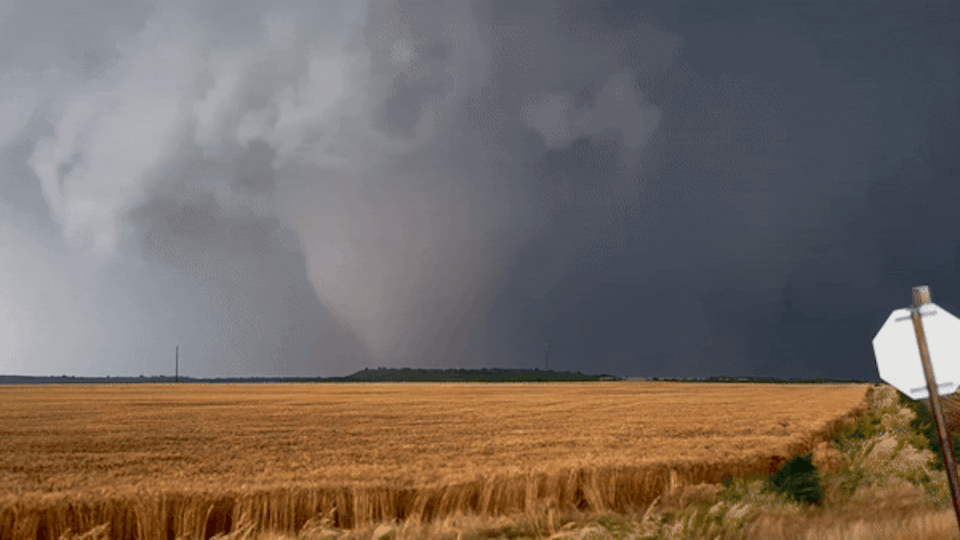
What does a day of storm chasing actually look like?
The morning of a chase day starts with a good breakfast, since there may not be a chance to eat a proper meal later in the day. The team looks at weather conditions, the National Weather Service’s computer forecast models, and forecasts from the National Oceanic and Atmospheric Administration’s Storm Prediction Center to determine the goal.
Our goal is to figure out where tornadoes are most likely to occur that day. Temperature, humidity, and wind, and how they change with height above the ground, all provide clues.
There is a “rush and wait” rhythm on a storm chasing day. We want to be in position quickly, but then we often wait for storms to form.
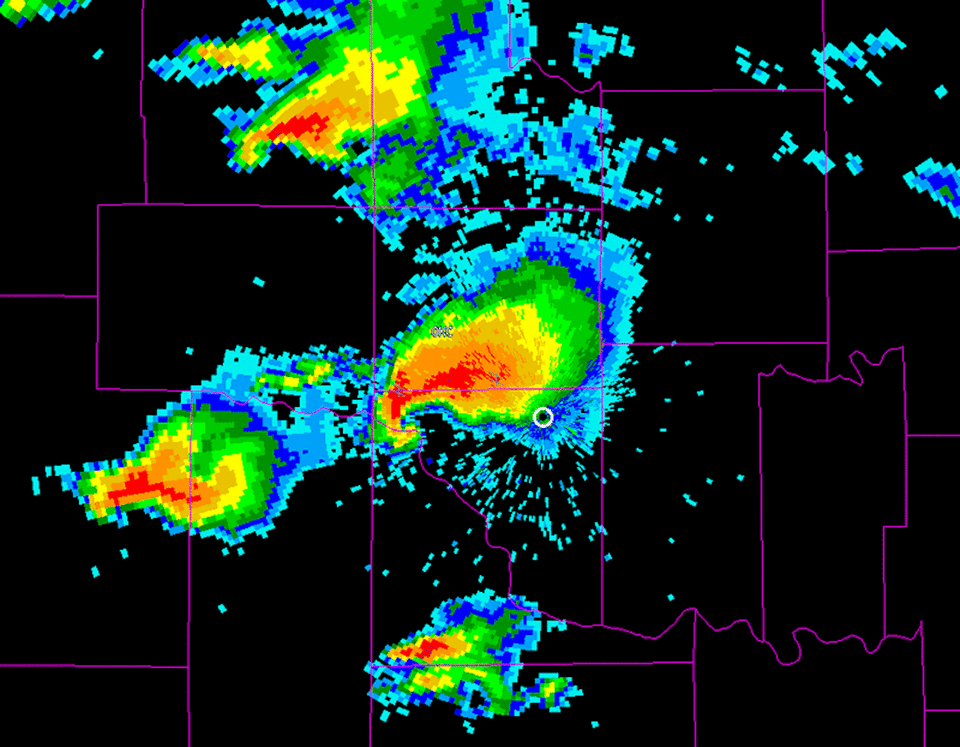

Storms often need time to develop before they can produce tornadoes. That’s why we keep a close eye on the storm on radar and, if possible, keep our eyes well ahead of it until it matures. Often, we keep an eye on multiple storms and look for signs that one is more likely to produce tornadoes.
As soon as the mission scientist announces a deployment, everyone rushes to get into position.
We use many different instruments to track and measure tornadoes, and there is an art to knowing when to deploy them. Too early, and the tornado might not form where the instruments are. Too late, and we’ve missed it. Each instrument has to be in a specific location relative to the tornado. Some have to be deployed well in advance of the storm and remain stationary. Others are mounted on cars and driven back and forth in the storm.
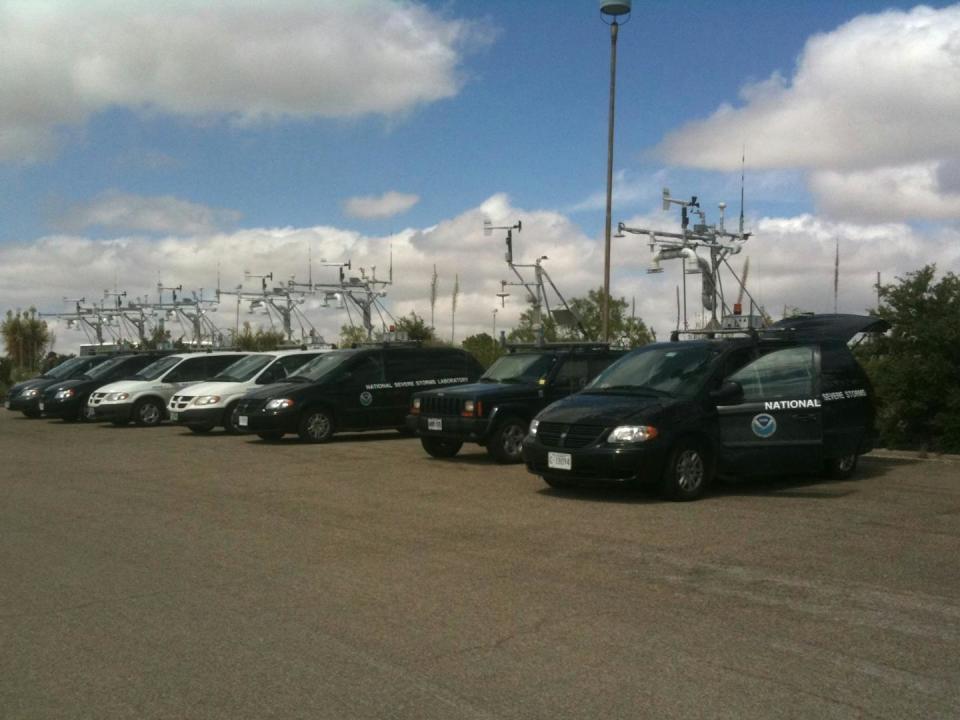

If all goes well, the team members will concentrate on the incoming data. Some will launch weather balloons at various distances from the tornado, while others will place “pods” of weather instruments directly in the tornado’s path.
A network of observation stations will be set up across the storm, with radars collecting data from different angles, photographers capturing the storm from different angles, and vehicles with instruments crisscrossing key parts of the storm.
Not all of our work focuses on the tornado itself. We often focus on areas around the tornado or within other parts of the storm to understand how the rotation forms. Theories suggest that this rotation may be generated by temperature variations within the storm’s precipitation area, possibly many miles from where the tornado forms.
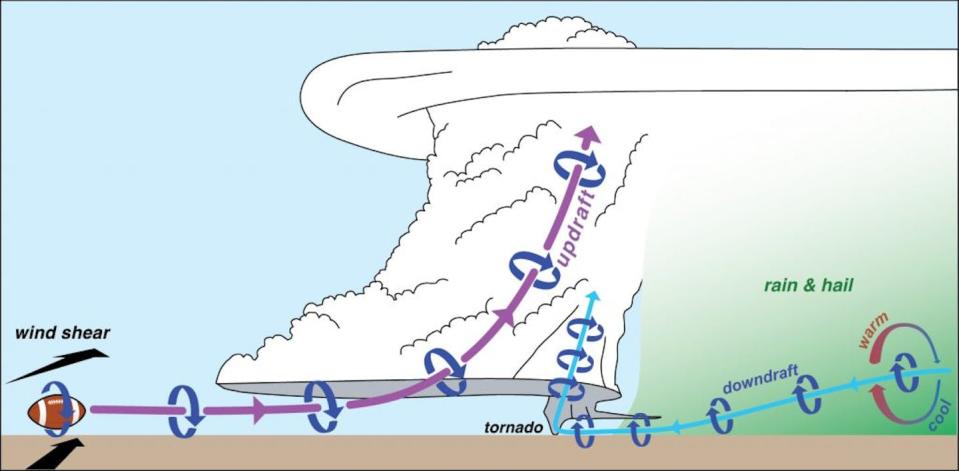

During all of this, the teams stay in touch via text messages and software that allows us to see everyone’s position relative to the latest radar images. We also keep an eye on the weather forecast for the next day so we can plan where to go and find hotel rooms and hopefully a late dinner.
What do all those instruments tell you about the storm?
One of the most important tools for storm chasing is weather radar. It records what is happening with precipitation and wind above the ground.
We use different types of radars, usually mounted on trucks so we can move quickly. Some transmit at a longer wavelength, allowing us to see further into a storm, but at the cost of a wider beam width, resulting in a blurrier image. They are good for collecting data about the entire storm.
Shorter wavelength radars cannot penetrate as far into precipitation, but they do provide the high resolution needed to capture small-scale phenomena like tornadoes. We place these radars closer to the developing tornado.
We also monitor wind, air pressure, temperature and humidity along the ground using various instruments attached to moving vehicles, or by temporarily deploying stationary arrays of these instruments in advance of the approaching storm. Some of these are designed to be hit by the tornado.
Weather balloons also provide crucial data. Some are designed to rise through the atmosphere and record conditions outside the storm. Others travel through the storm itself, measuring important temperature variations in the rain-cooled air beneath the storm. Scientists are now deploying drones into parts of the storm in the same way.
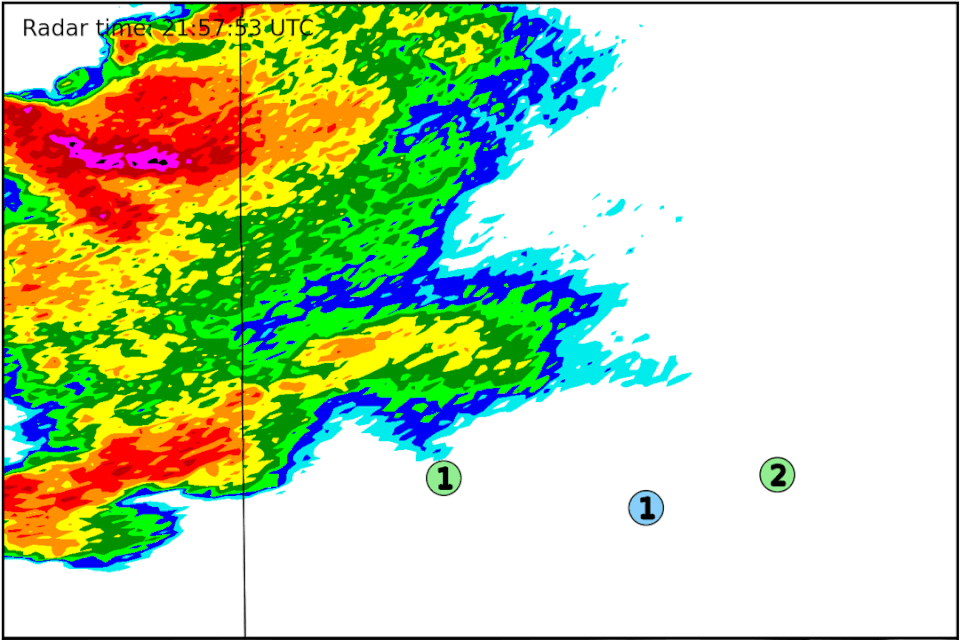

All of this gives scientists insight into the processes that occur during the storm, before and during the development of the tornado, and throughout the life of the tornado.
How do you stay safe when chasing tornadoes?
Storms can be very dangerous and unpredictable, so it is important to always stay informed and keep an eye on the storm.
A storm can be cyclical, developing a new tornado downstream from the previous one. Tornadoes can change direction, especially if they are dying or if they have a complex structure with multiple funnels. Storm chasers know to look at the entire storm, not just the tornado, and to be alert for other storms that may be approaching. An escape plan based on the expected movement of the storm and the road network is essential.
Scientists take calculated risks when they go storm chasing, gathering crucial data but never putting their teams in too much danger.
It turns out that driving is actually the most dangerous part of storm chasing, especially when the roads are wet and visibility is poor – which is often the case at the end of the day. During the chase, the danger of driving can be exacerbated by the erratic driving of other storm chasers and by traffic jams around storms.
What happens to all the data you collect while storm chasing?
It would be nice if there was an immediate eureka moment, but the results are taking a long time to come.
After we collect the data, we spend years analyzing it. Combining data from all the instruments to get a complete picture of the storm and how it developed takes time and patience. But data on wind, temperature, relative humidity, and pressure from many different angles and instruments allows us to test theories about how tornadoes develop.
Although the analysis process is slow, the discoveries are often as exciting as the tornado itself.
This article is republished from The Conversation, a nonprofit, independent news organization that brings you facts and reliable analysis to help you understand our complex world. It was written by: Yvette Richardson, Penn State and Paul Markowski, Penn State
Read more:
Yvette Richardson receives funding from the National Science Foundation and has previously received funding from the National Oceanic and Atmospheric Administration. She is a member of the American Meteorological Society, the National Weather Association, and the American Geophysical Union, and serves on the Board of Trustees for the University Corporation for Atmospheric Research.
Paul Markowski receives funding from the National Science Foundation and has previously received funding from the National Oceanic and Atmospheric Administration. He is a fellow of the American Meteorological Society, National Weather Association, and is affiliated with the University Corporation for Atmospheric Research.